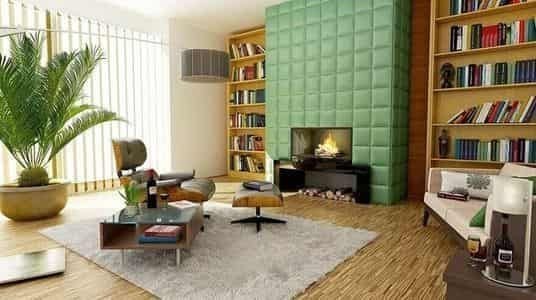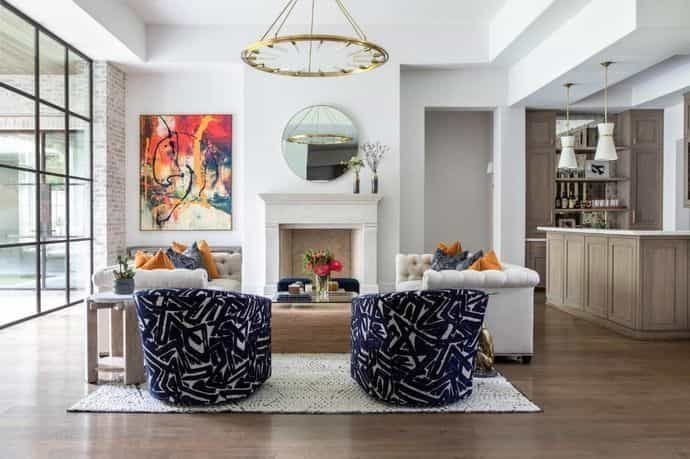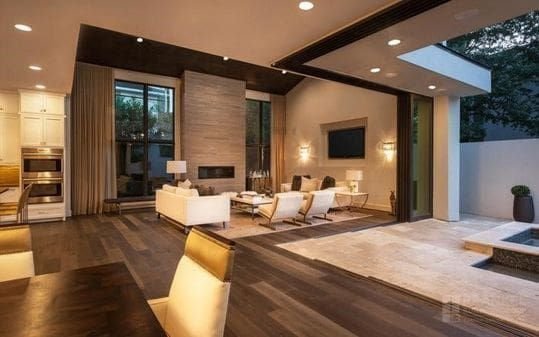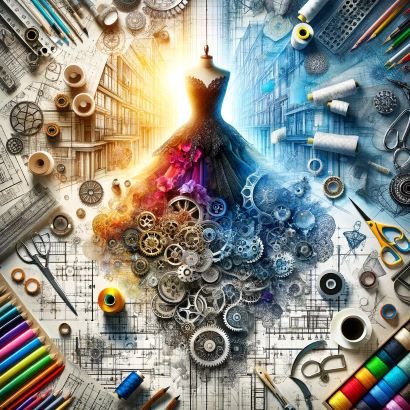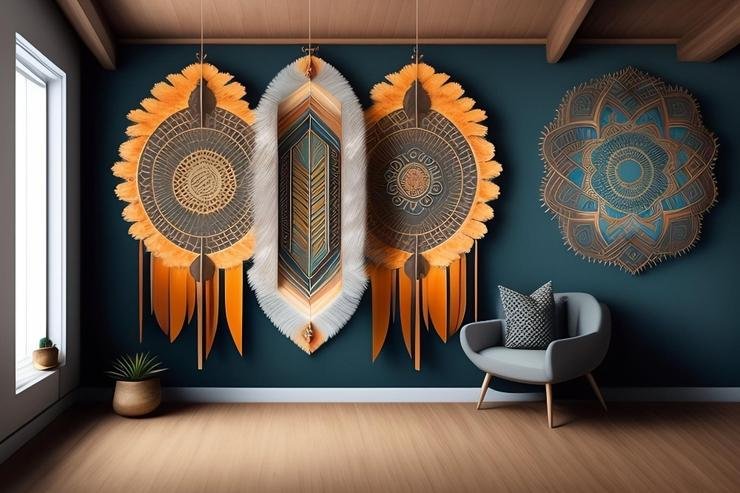Difference between interior designing and interior styling
Everyone dreams of decorating their house according to their personality, style of preference, and liking. For example, let’s assume you want thick, drape curtains to cover the glass wall in the bedroom, but your sibling wants a normal sheer curtain. In this case, the choice of curtain will depend on personal preferences and the ultimate goal you or your sibling wants to achieve in the bedroom. Similarly, psychological studies reveal men tend to opt for black, grey, beige, obsidian blue, and much darker and neutral shades. On the other hand, women go for lighter colors like dusty pink, saffron, sunny yellow, Peach, light cream, and so on.
Therefore, when it comes to the house's interiors, everything comes down to two major aspects. They are interior designing and interior styling. While many consider these two concepts similar, reality sets them apart in many aspects. That’s why every person looking for an interior designer or stylist must know the differences between these two ideas.
If you are one of them, read this forthcoming article for more details.
What is interior design?
Interior designing is applying art and science to shape a vacant space to make it habitable, comfortable, secure, and aesthetically pleasing. Often people consider the designing and decorating tasks to be the same. But designing is like creating a modular structure, utilizing the vacant space to define what should be placed where, what should be the orientation of various interior objects, color coordination, psychological impact, and so on.
Elements of interior design
Space: It is divided into two parts — positive space is occupied with furniture, photo frames, light, curtains, and other such elements, and negative space is completely blank. Establishing a balance between these two is the major job of an interior designer.
Lines: These are the edges of different components inside the house, like a horizontal line of a table’s edge and the vertical line of doors.
Light: Every professional must ensure light is distributed appropriately throughout the room according to utility, location, and importance. For example, the living area where the couch is should have more light. But if we consider the sides of the furniture, the light can be dim.
Color plays a crucial role in psychology; therefore, every interior designer must be very cautious about this element. It needs to be contemporary or contrasting according to the architecture.
Texture: It is considered the most critical element because it adds depth to the interiors and draws attention based on the texture added.
What is interior styling?
Interior styling is like decking up the interiors with different objects that define the person living inside, characteristics, personality, mood, emotional balance, and so on. It is based on creativity and art, ensuring a perfect balance is created with the interior design. It differs from designs because you don’t have to consider all those elements.
Some of the best examples of interior styling are:
Pairing a crochet curtain with a countryside or rustic bed is a form of interior styling.
Arranging the dining table with a beautiful central water bowl and keeping floating candles.
Matching the lounge chair color with the interior decor.
Placing a Persian rug in the living room creates balance, especially in the negative space.
Placing a tapestry with handmade drawings on the wall behind the headboard.
Conclusion
Now that you know the differences between interior designing and styling, you must ensure to opt for the best career option to help you grow. And if you want to explore more, you can visit JIET Univers, Jodhpur, for more courses in design.

